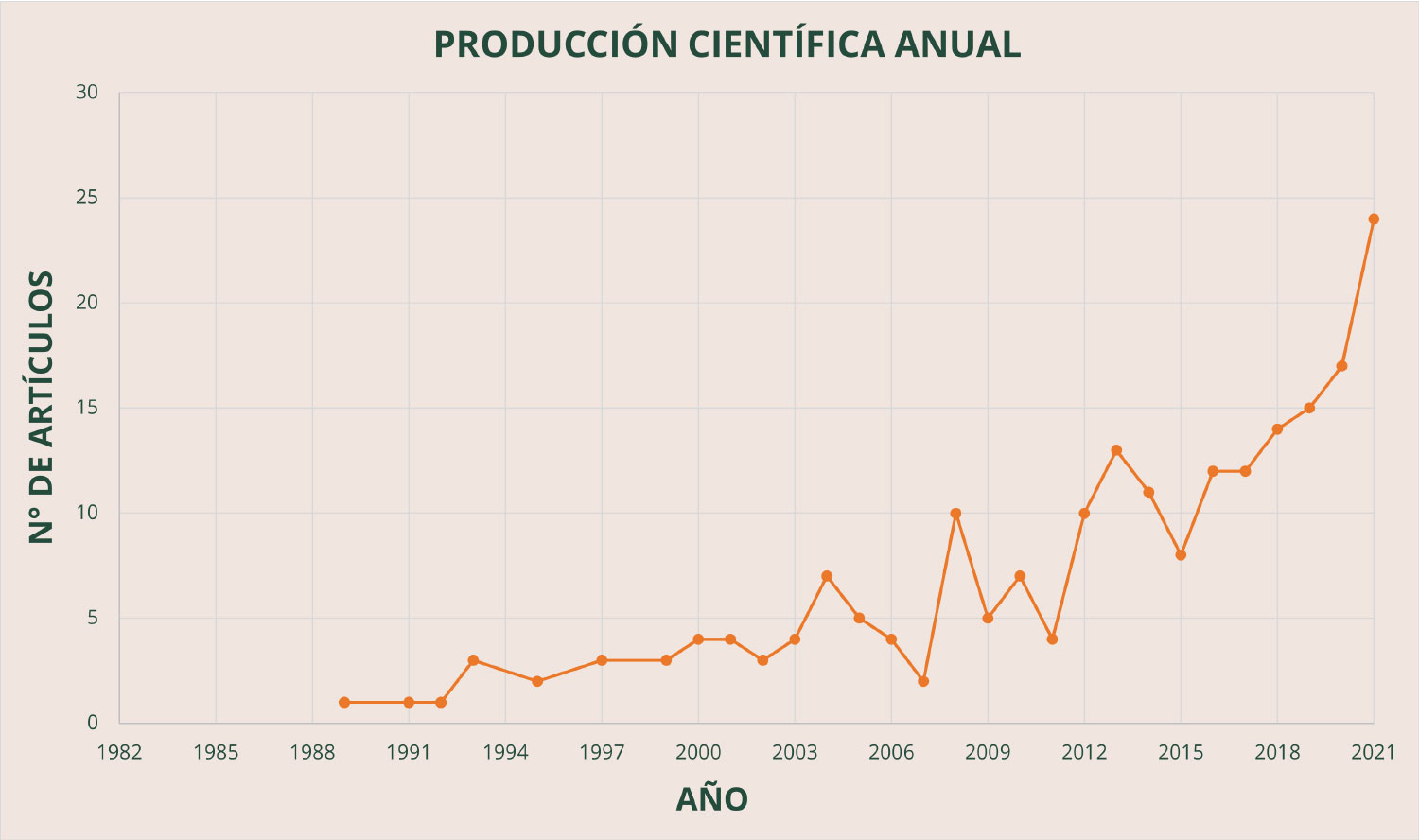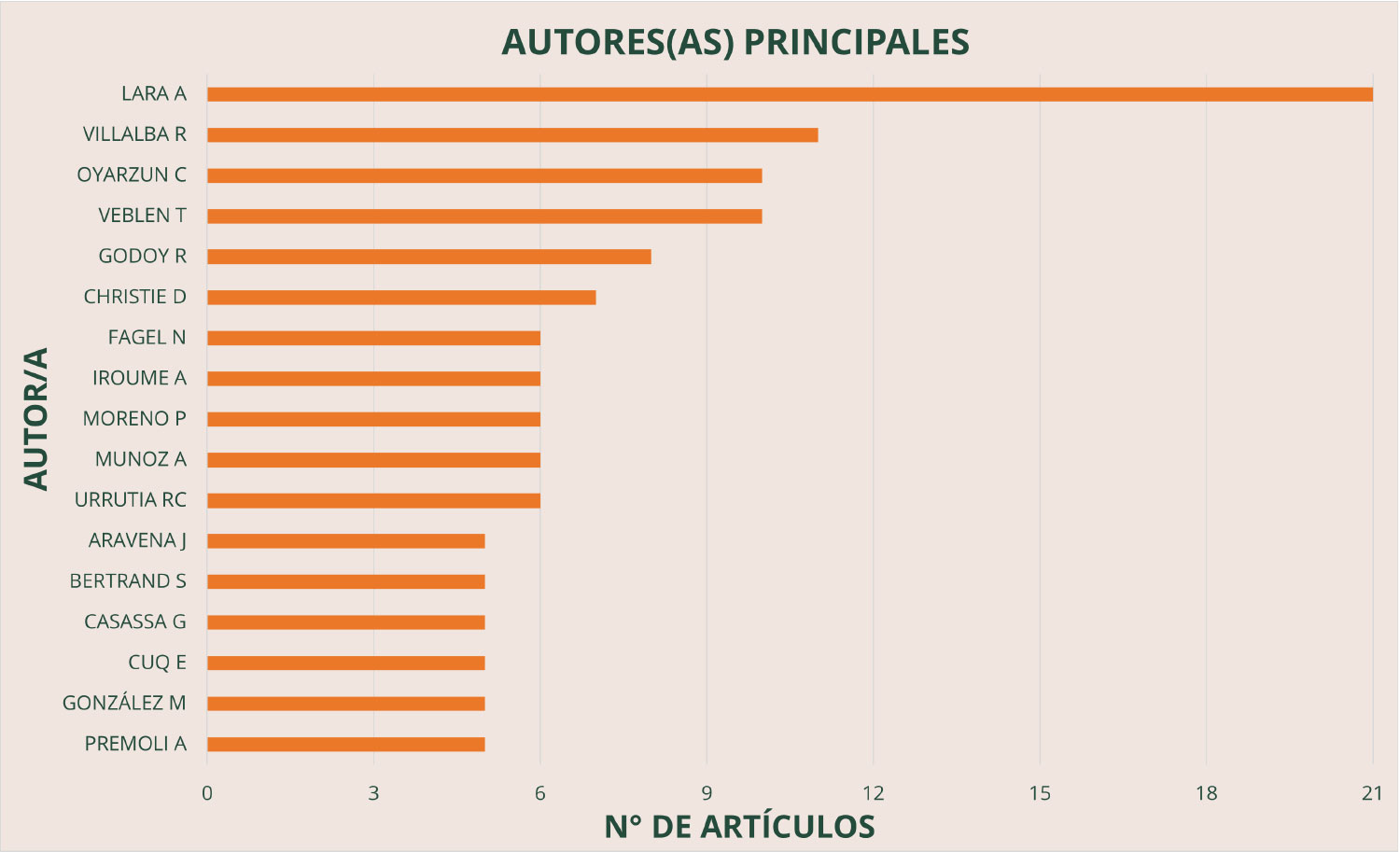Its particular temperate Andean forests, mainly of Nothofagus and Araucaria araucana, possess recovery and resilience dynamics after facing disturbances such as volcanism and forest fires.
The soils of volcanic origin have high fertility high fertility potential due to the plant colonization of “nurse” plants above the tree line, improving soil quality and habitat for new species. The presence of mycorrhizae and microbes that play an important role in the N cycle in mountain environments is highlighted.


Surface waters and subway aquifers play the role of “water towers”, fed by surface watercourses, direct infiltration of rainfall and the melting of mountain glaciers, the country’s main freshwater reservoirs. direct infiltration of rainfall and the melting of mountain glaciers, the main reservoirs of fresh water in the country.
In the Thematic Laboratory “Global Change: Interaction between forest, soil and water resources” the focus is on assess the effects of climate, natural and/or anthropogenic disturbances on vegetation, soils and water resources, for the development of plans ecological restoration, modeling of future landscapes in the region and maintenance of key ecosystem services for human development.


